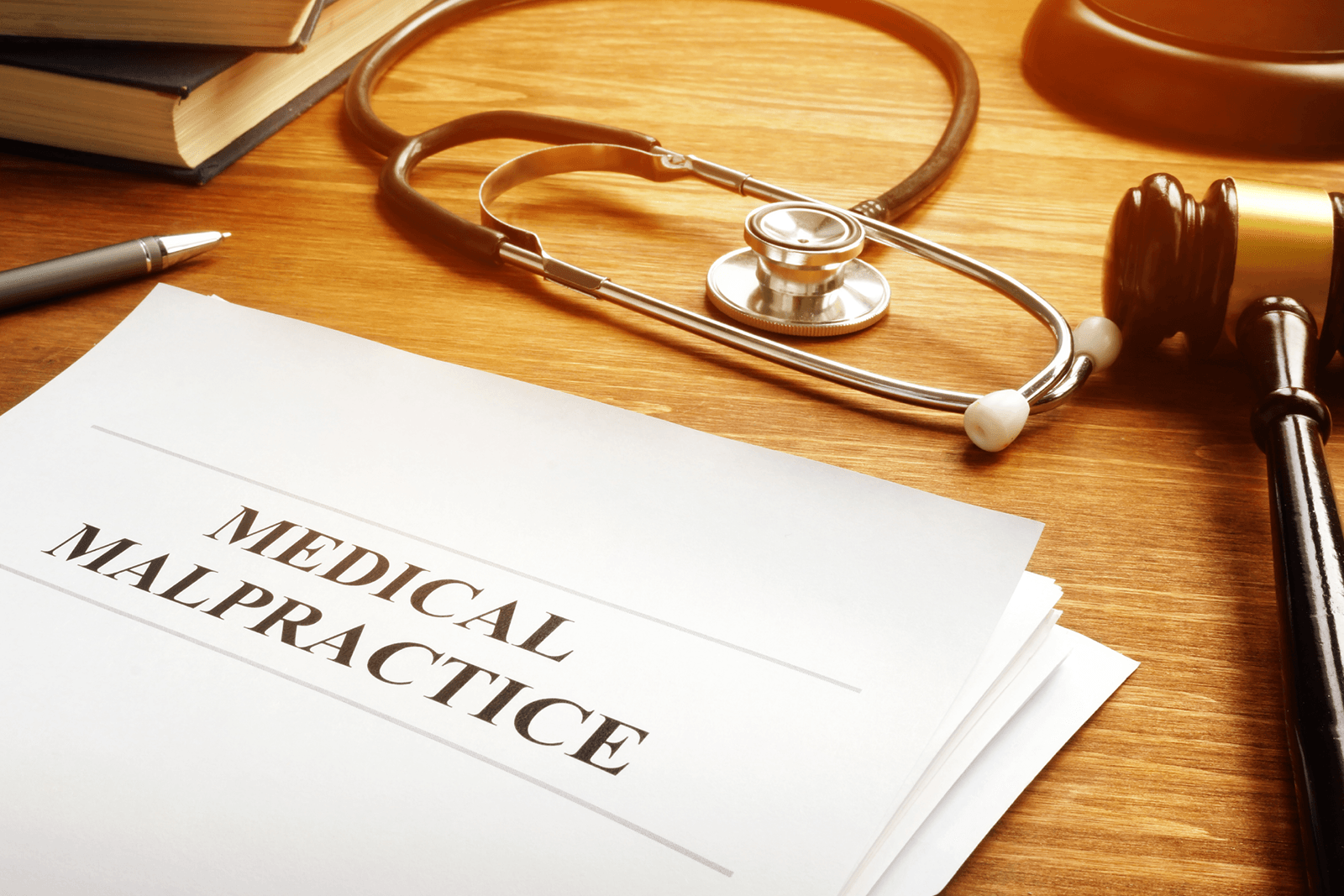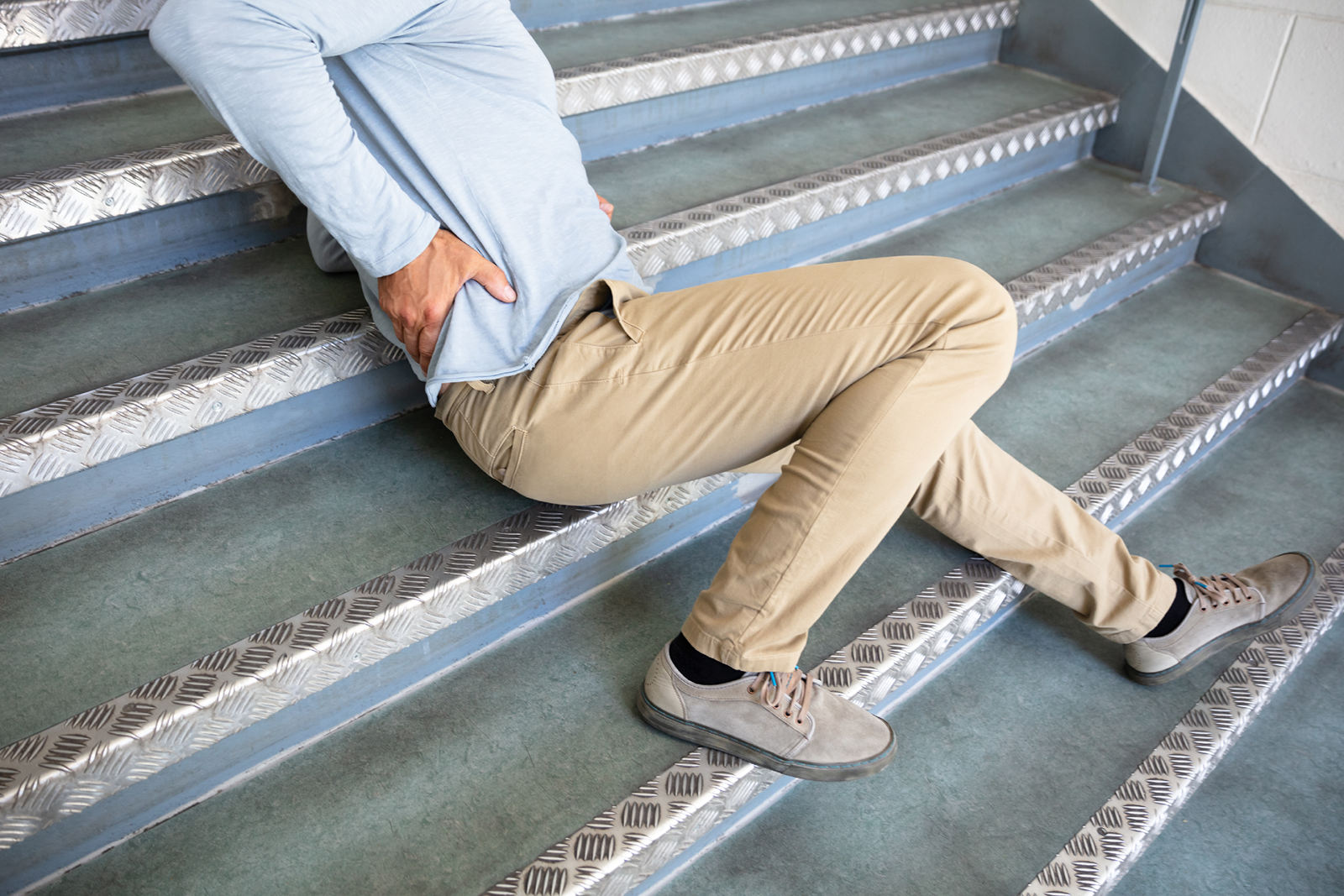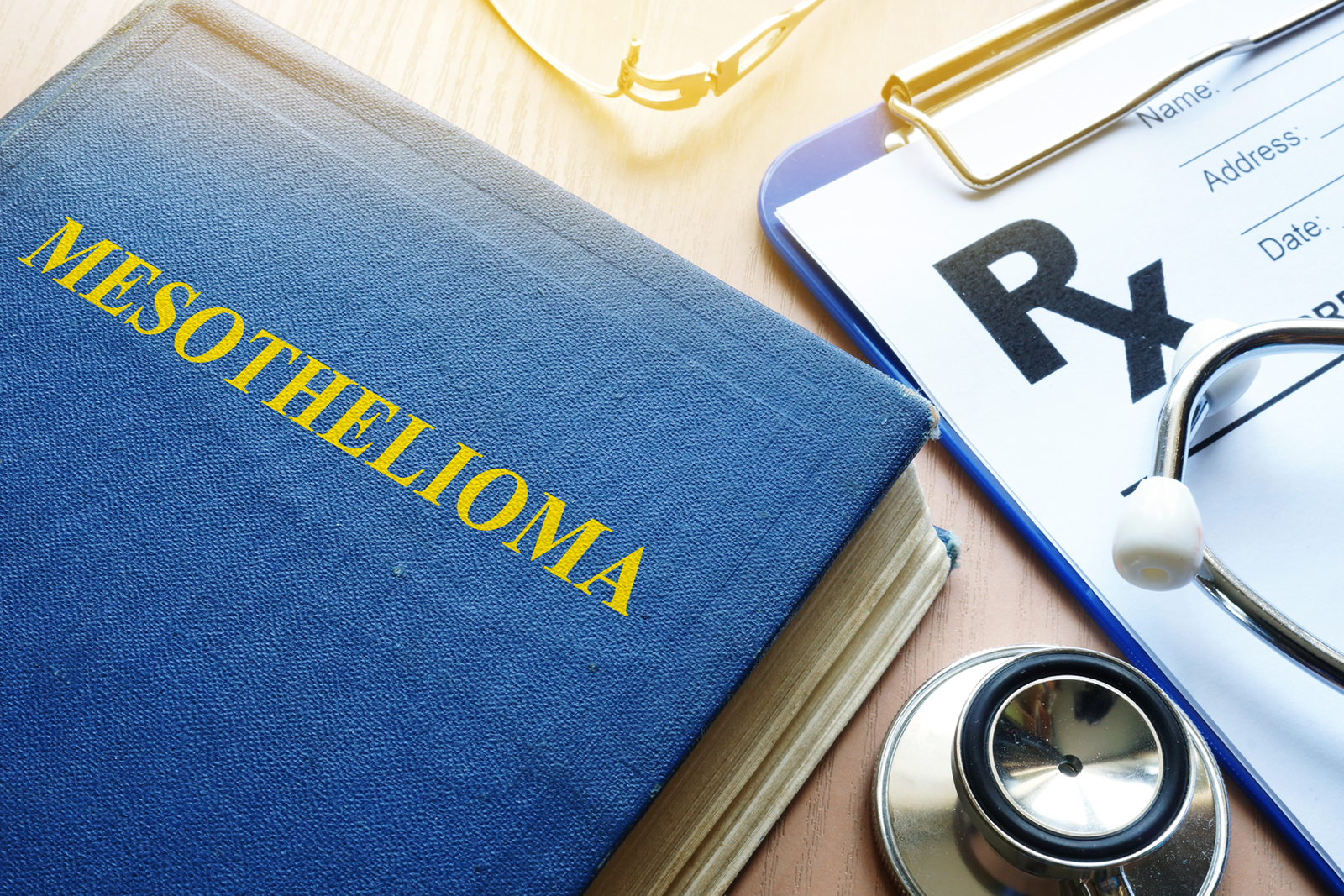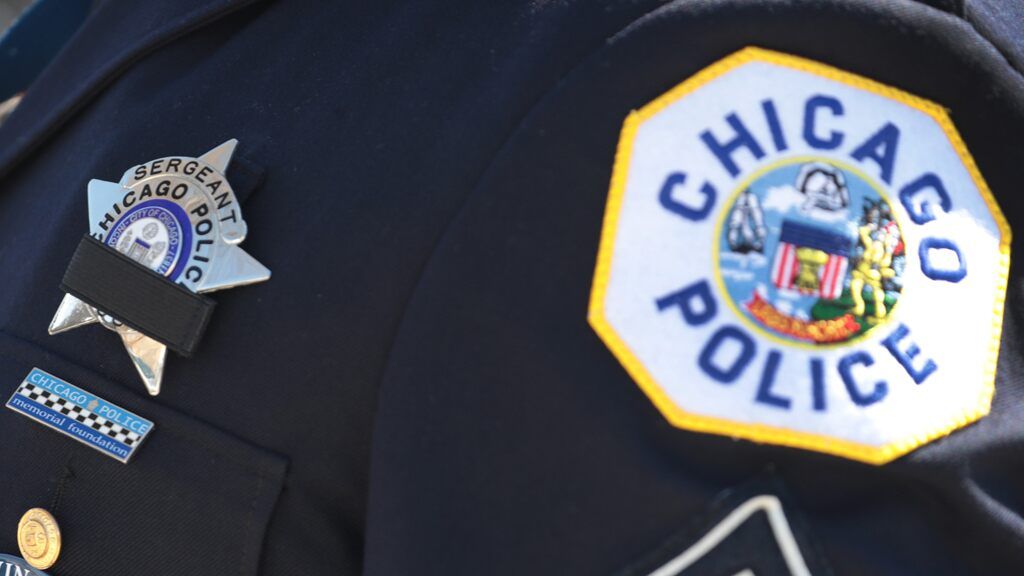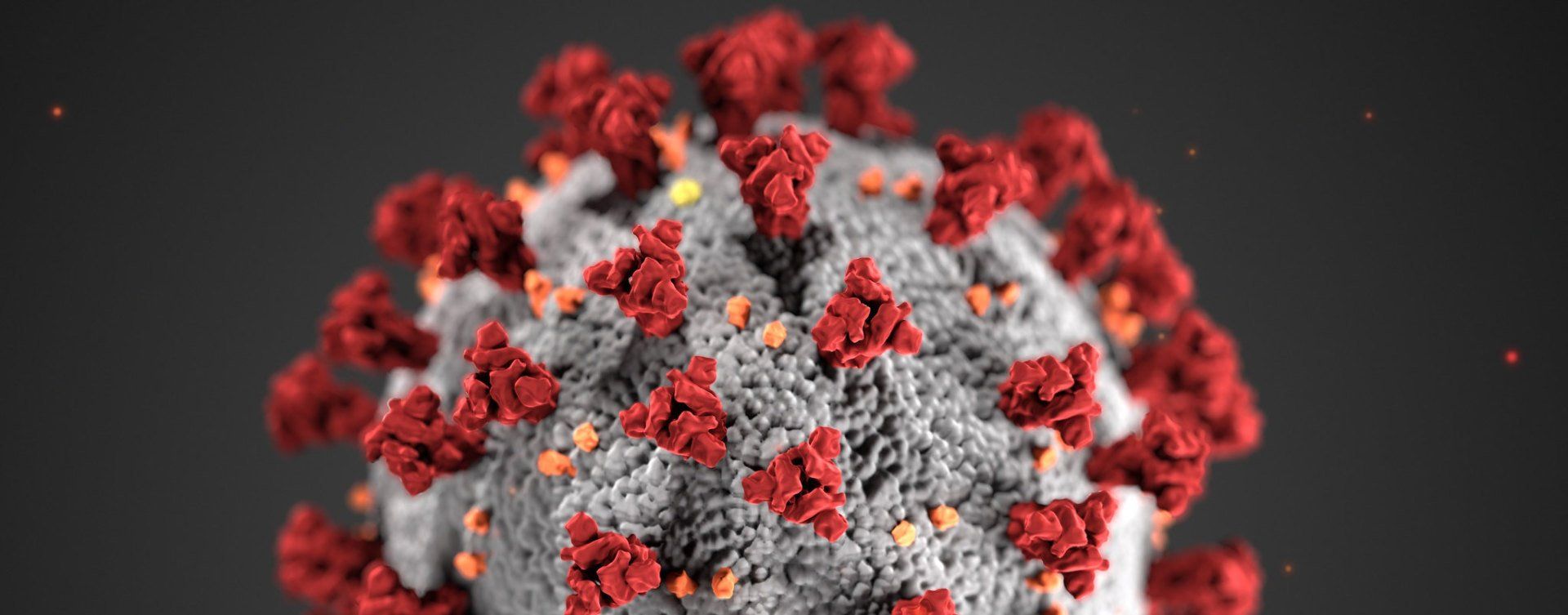June 12, 2020
According to the Bureau of Labor Statistics , there was a total of 2.8 million nonfatal workplace injuries and illnesses in 2018. In 2017 there was a total 104,000,000 production days lost due to nonfatal workplace injuries. Your employer should always do their best in preventing these common workplace injuries from occurring in order to best protect employees. However, that doesn’t always happen. In some jobs such as, transportation, manufacturing, construction, and maintenance, the risk for a workplace injury may be much higher than others. However, that doesn’t mean that if you work a desk job, you can’t become injured at work. I n the state of Illinois employers are required by law to provide workers’ compensation insurance for nearly everyone hired. If you are injured on the job you have 45 days to report the injury in Illinois. You then have to file a claim to the Illinois Workers’ Compensation Commission within 3 years of when the accident occurred. If you are suffering from any of the below injuries from an event that occurred at your workplace in Illinois and your employer disputes your workers’ compensation claim, contact Whiteside & Goldberg, LTD. THE FIVE MOST COMMON WORKPLACE INJURIES 1. Sprains, Strains, Tears A sprain is any stretching or tearing of ligaments, and most often result in your ankle. Other places a sprain can usually occur include the knee (usually from working out), the wrist (i.e., when used to catch yourself from a fall), or a thumb (from overextension). Sprains can result in pain, swelling, bruising, and a limited ability to move the joint. A muscle strain or a “pulled muscle” are usually experienced in the lower back or hamstrings. A strain is different than a sprain due to the fact that a strain occurs in the muscle, whereas a sprain occurs at a joint. Strains often result from picking up heavy objects using incorrect body mechanics. Strains can cause pain, redness and bruising, limited motion, muscle spasms, swelling, and muscle weakness. 2. Soreness, Pain Soreness and pain can be caused by many aspects of any job. But the most common cause of soreness and pain is usually a result of having to sit an office chair all day and all week. Back soreness from constantly sitting all day with poor posture, overtime can result in long term back pain and other problems . 3. Bruises, Contusions When blood becomes trapped under the surface of your skin, a bruise will form. The bruised area will often be sore or painful. 4. Cuts, Lacerations, Punctures A cut or laceration is any opening or break in the skin. Depending on the depth of the cut, there is a chance that it could damage any tendons, muscles, ligaments, nerves, blood vessels, or bones that are underneath the surface of the skin. A puncture is when a pointed object (i.e., pencil, nail, etc.) is stuck into the skin. These types of wounds can result in bleeding, damage to what is underneath the wound site, and if not taken care of, can also result in an infection. 5. Fractures A fracture occurs when a there is a break in a bone. A fracture usually results in a lot of pain, deformity of the limb, swelling and tenderness around the fracture, numbness and tingling, and difficulty moving the affected limb. In order to heal a fracture, you may be put in a cast, or may need surgery involving plates, pins, or screws that will keep the broken bone where it needs to be. EVENTS/EXPOSURE There are three main categories of events that may occur in the workplace that could lead to these types of injuries, resulting in lost days of work. 1. Overexertion – 28.2 per 10,000 full-time workers Overexertion occurs when people over work themselves, causing a multitude of problems. This could occur from excessive physical activity (i.e., lifting, pulling, stretching), sitting or standing for long periods of time, extreme temperatures, or using repetitive motion. This type of event often results in soreness or pain, or sprains, strains, or tears depending on what activity is involved. 2. Slips, Trips, And Falls – 23.9 per 10,000 full-time workers Slipping, tripping, or falling, from a higher level to a lower one, or even on the same level most often result in sprains, strains, or tears, but falling from high enough, or on dangerous terrain could also result in a fracture. 3. Contact with Objects and Equipment – 23.5 per 10,000 full-time workers Injuries occurring from contact with objects and equipment includes being struck against an object, being struck by an object, getting caught in an object or equipment, or caught in collapsing material. These types of events most often result in injuries such as cuts, lacerations, or punctures. WHITESIDE & GOLDBERG, LTD. If you’ve been injured on the job and your employer disputes your workers’ comp claim, you likely need legal help. Whiteside and Goldberg have over 50 years of experience in Chicago personal injury law. They know how to deal with tough cases in the greater Chicago area and have extensive knowledge of Illinois workers’ compensation law. In fact, one of their specialties is working with those injured on the job. As an employee in Illinois, you are entitled to receive the best representation possible so that you can recover from your injuries without financial worry. Whiteside & Goldberg Law Group always offers a free consultation before you make the decision to proceed. You do not have to worry about paying anything upfront to work with an experienced attorney. You never make a payment until they win a settlement for you. For expert legal advice, call 312-334-6875 to speak to an attorney. Get the professional legal help that you need. The content of this blog is intended for informational purposes only and does not constitute or establish an attorney-client relationship, nor constitute legal advice. If you wish to discuss any further aspect of the material contained herein, please contact an attorney at Whiteside & Goldberg, Ltd.


